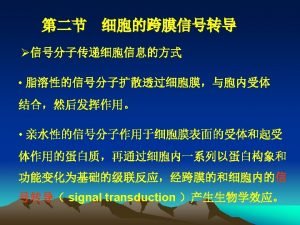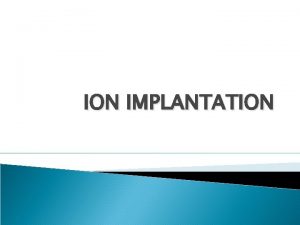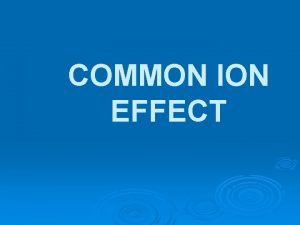ConservationPreservat ion Conservation I Conservation Conservation is the






- Slides: 6

Conservation/Preservat ion

Conservation I. Conservation: Conservation is the sustainable use and management of natural resources including wildlife, water, air, and earth deposits.

I. Conservation: Conservation is the sustainable use and management of natural resources including wildlife, water, air, and earth deposits. A. Renewable- resources that, if managed well, will continue to be available for future generations by ensuring that consumption does not outpace replacement. 1. Examples; Solar, wind, water, trees (plants) B. Non-renewable – resources that, if managed well, will continue to be available for future generations by practicing techniques that limit the pace of consumption. C. 1. Examples; fossil fuels, (coal, oil, natural gas) minerals.

I. Conservation: Conservation is the sustainable use and management of natural resources including wildlife, water, air, and earth deposits. Conservation techniques to use for renewable- resources 1. reforestation- replacing trees faster or at the same rate they are being harvested 2. Wise water use- Planting low water use plants, not letting water run unattended 3. Solar – using the sun to heat , dry, create electricity 4. Air- practices that keep from polluting our air such as carpool, electric cars, Mass transit. 5. Soil – biodegradable pesticides and herbicides, reduce , reuse, recycle to keep land fills from filling up.

I. Conservation: Conservation is the sustainable use and management of natural resources including wildlife, water, air, and earth deposits. B. Non-renewable – resources that, if managed well, will continue to be available for future generations by practicing techniques that limit the pace of consumption. Conservation techniques include 1. 2. 3. 4. Reduce- the use of the material Reuse or repurpose the material Recycle – remanufacture the product over and over again. Refuse – refuse to use a product to the point that its manufacurers and distributers recognize the cost is greater than the income from the production or distribution of the product.

Preservation: attempts to maintain, in their present condition, areas of the Earth that are so far untouched by humans. Preservation techniques; National, state, and local, parks National state and local monuments Wildlife sanctuaries Farm and crop incentives











